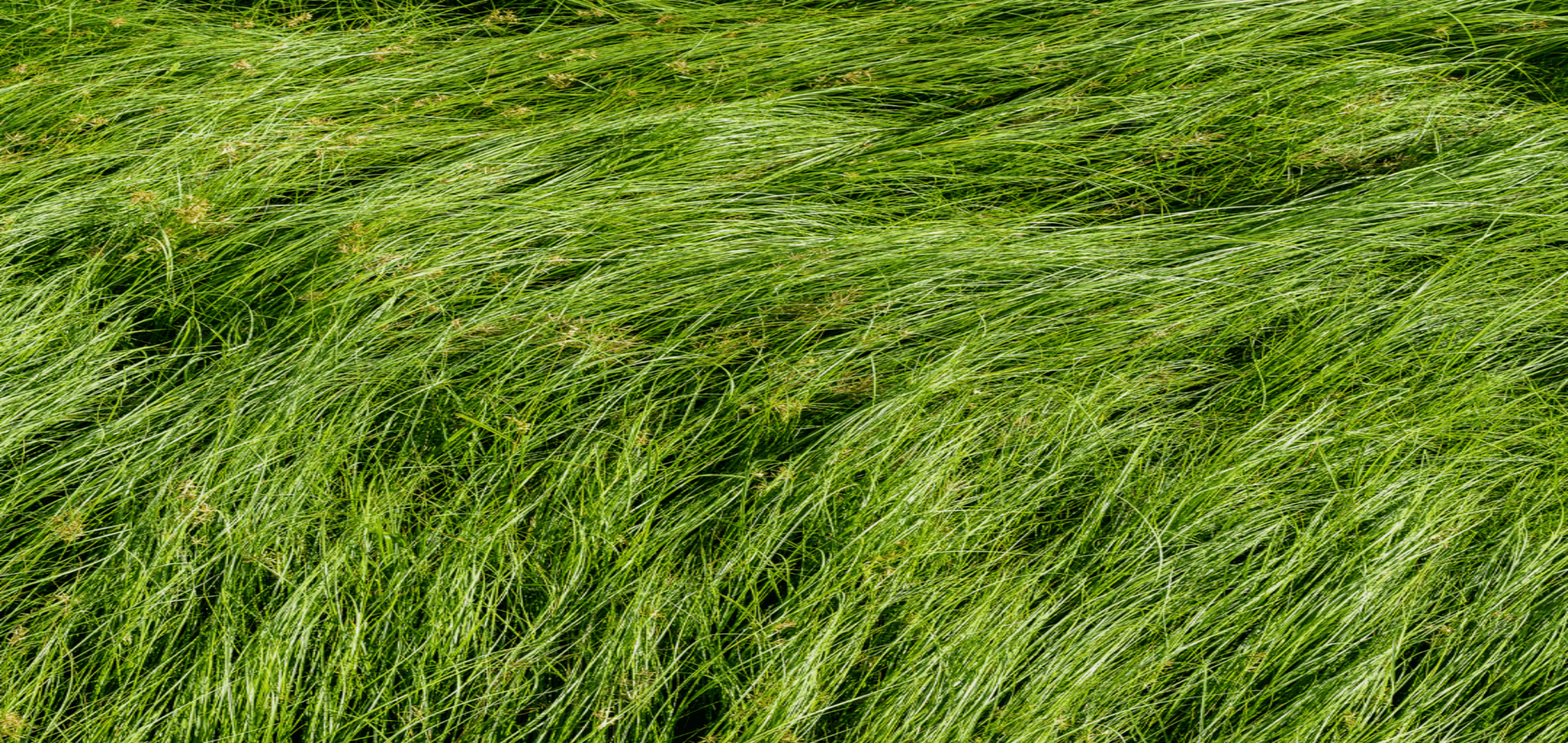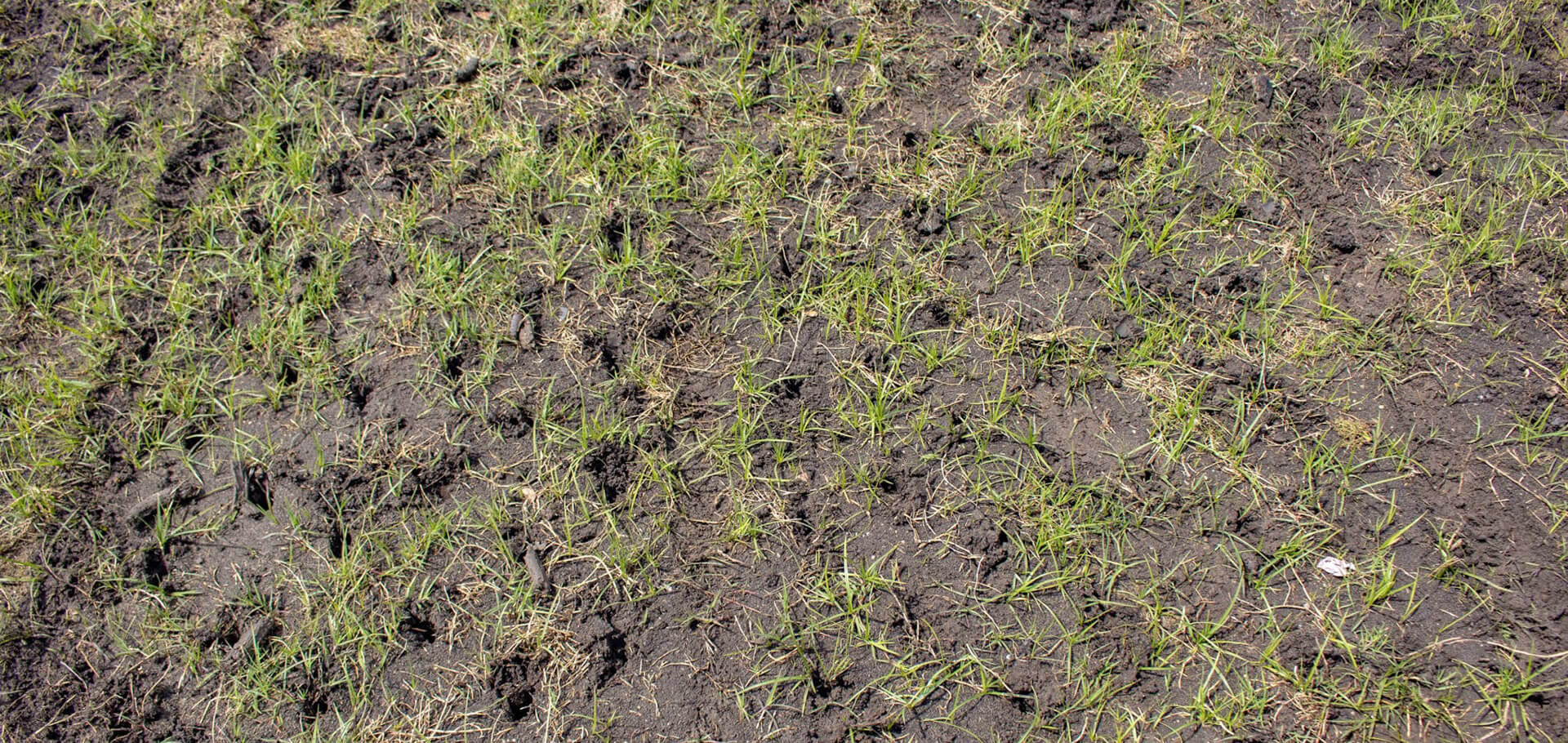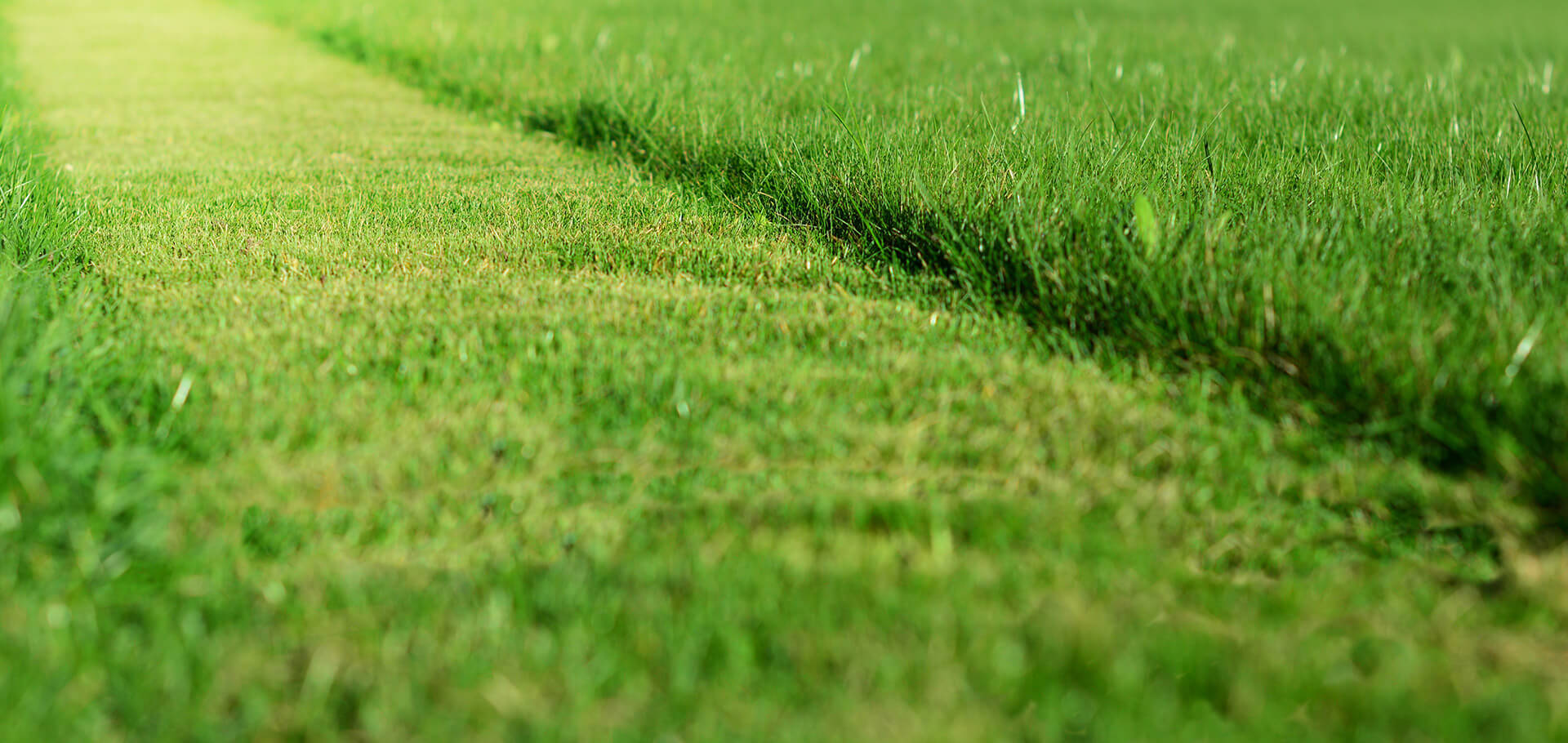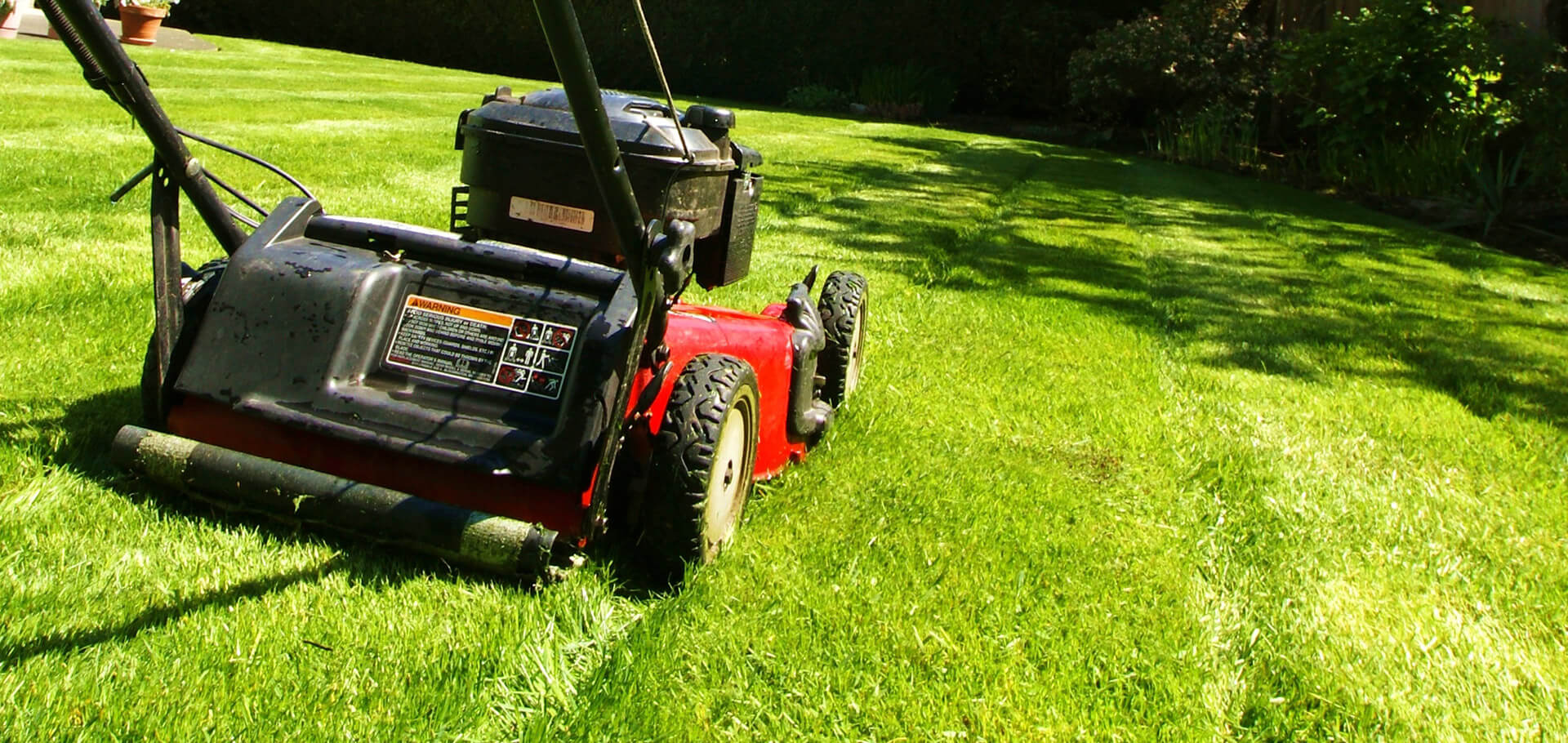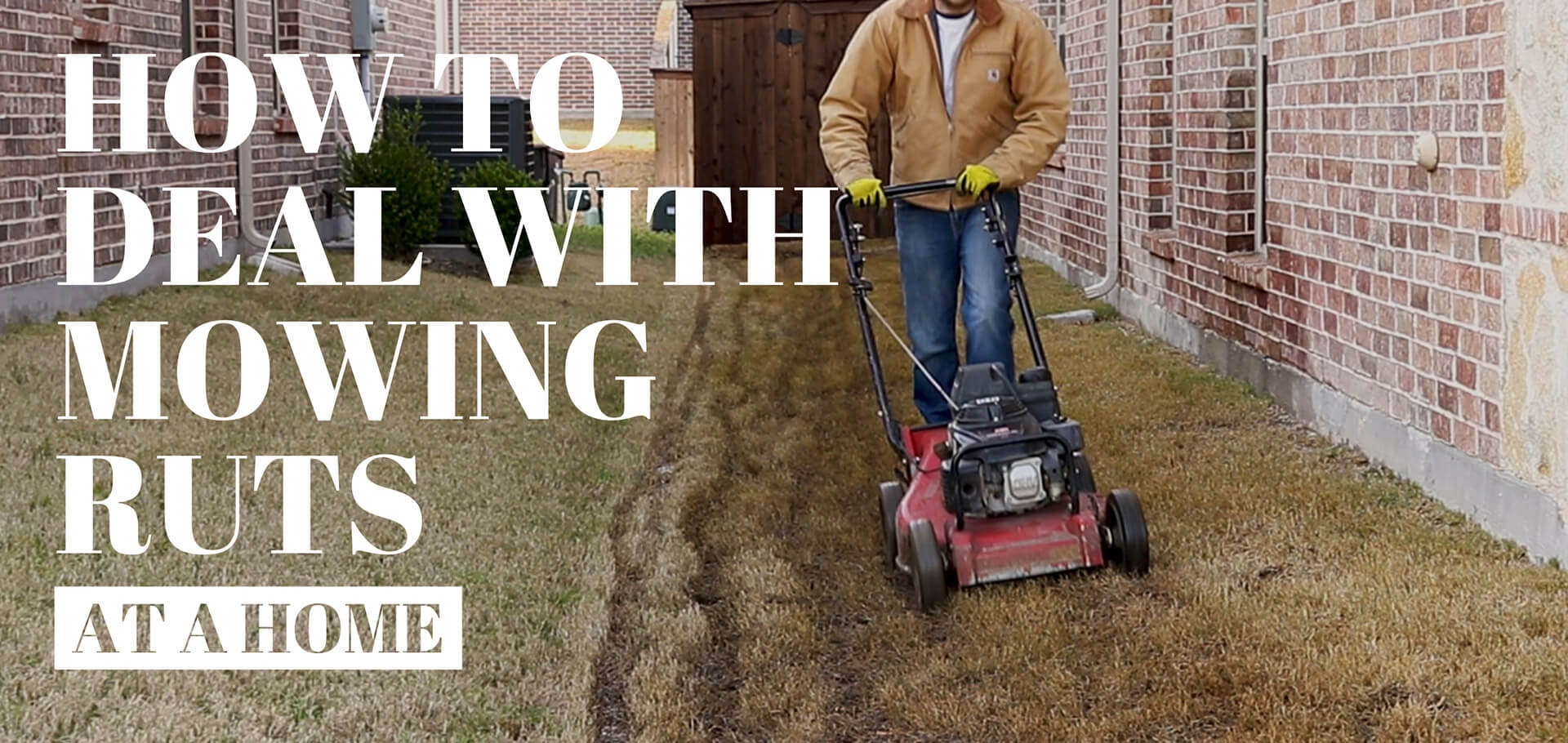One of the frequently asked questions we receive annually is on how to kill nutsedge. Unfortunately, this grassy weed is one of the most problematic and challenging weeds to eradicate. Let’s explore why for a minute.
What Is The Nutsedge Weed?

Our working definition of a “weed” is any undesirable plant in your lawn. Nutsedge easily falls into this categorization.
Nutsedge (also known as nutgrass) is a perennial plant that resembles grass. It has a triangular-shaped stem and foliage that sprouts in groups of three. Much like Bermudagrass, it does not tolerate shaded areas and can grow in dry soils, if established. If it wasn’t for its rapid growth, compared to grass, nutsedge could easily blend into mixed lawns.
Being a perennial, this weed does not grow, germinate (seed), and then die; on the contrary, it grows throughout the warmer months and then goes dormant in the cooler months. The sedge expands underground through a rhizome root system. New sprouts come from small starchy structures called nutlets. This root system is the primary reason for the annual battle.
Nutsedge Vs. Pre-Emergents
Like most fertilization and weed control programs, our service includes the distribution of pre-emergent, fall through spring. The purpose of this chemical is to stop weed seeds from germinating. Pre-emergents are very effective against broadleaf weeds because those expand through seeding. Since the nutsedge does not spread seed, it isn’t affected by pre-emergents.
Further complicating the ability to eradicate nutsedge is moisture. Nutsedge thrives in areas of moisture much more than common grass. This means that during periods of adequate rainfall, it is possible to have a bigger issue than in drought.
Our Solution For Dealing With Nutsedge
The solution on how to kill nutsedge is to spot treat them with an herbicide as they appear. The liquid herbicide is absorbed through the roots and foliage to stop weed growth, below the surface, within 24 hours. Above ground, the foliage turns yellow and dies within 2 to 3 weeks. This chemical is not a permanent nutsedge grass killer. As the weed has been planting seeds (for lack of a better term) under the lawn for a while, it is possible that nutsedge will reappear. That being said, if you are diligent in treating new sprouts, you should see a decrease year after year.
In addition to spot treatments, there are some additional steps homeowners can take. As previously mentioned, nutsedge thrives in areas of moisture, so it’s important for residents to address areas in their lawn where water pools. If you’re wondering how to kill nutsedge, consider following these recommendations:
- If you have an irrigation system, lessen the amount of watering time for the zone with a nutsedge problem.
- Examine and address your lawn for drainage issues.
- Once all drainage issues have been addressed, sod the bare spots (do not seed). The new sod will prevent light from reaching the underground nutlets.
- If the issue is occurring in a flower bed, add more mulch. Mulch, like sod, will prevent light and air from reaching the buried nutlets.
In the end, it is possible to eradicate nutsedge; it just requires a lot of time and patience. As homeowners ourselves, we understand this frustration. That’s why we provide for the treatment of the nutsedge weed in our fertilization and weed control package. Together, we will be able to reduce the population of this problematic weed in our lawns.
Further Reading: Texas A&M AgriLife Extension – Going Nuts Over Nutsedge
Image Credit lawndawg.com

